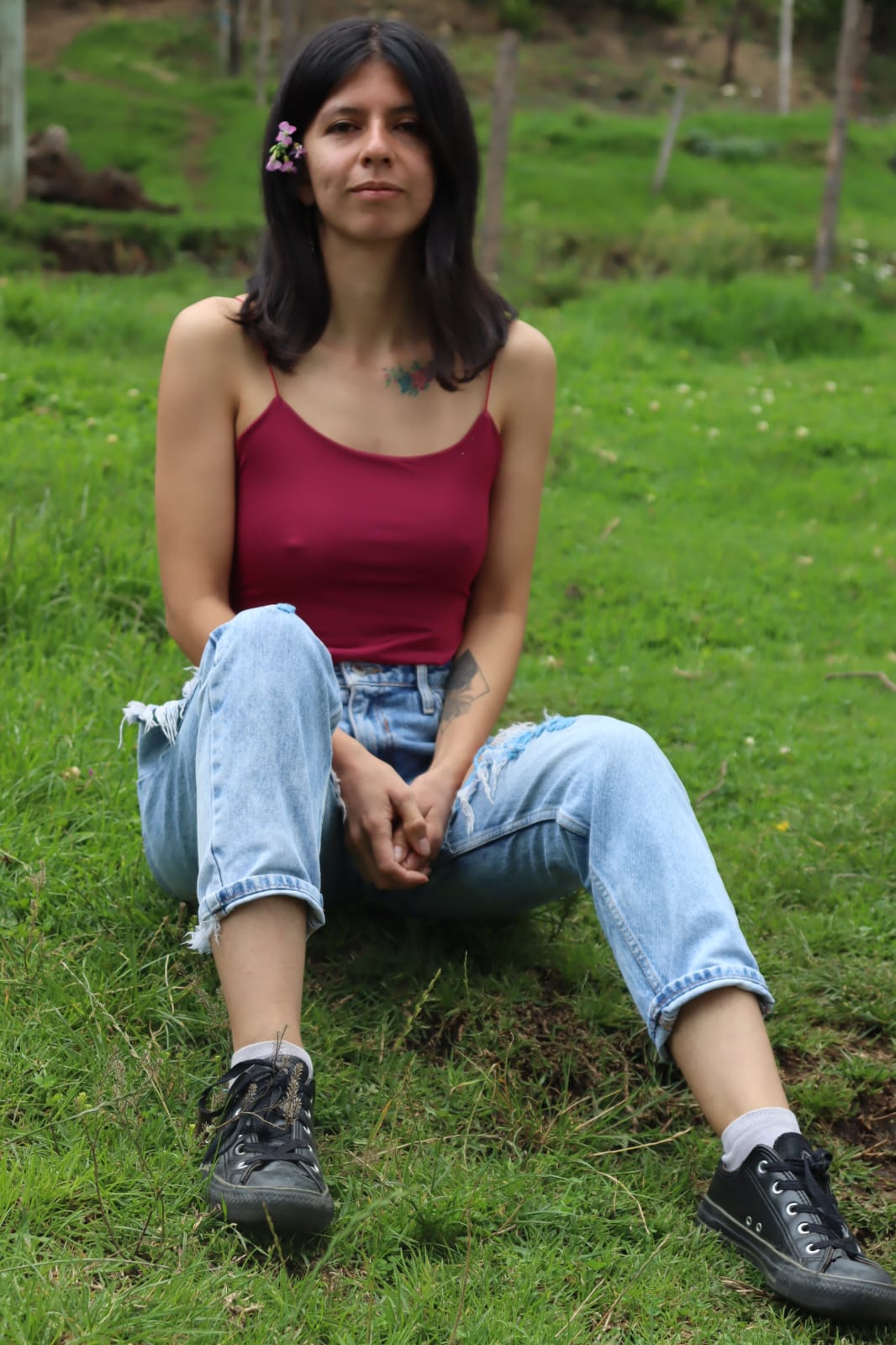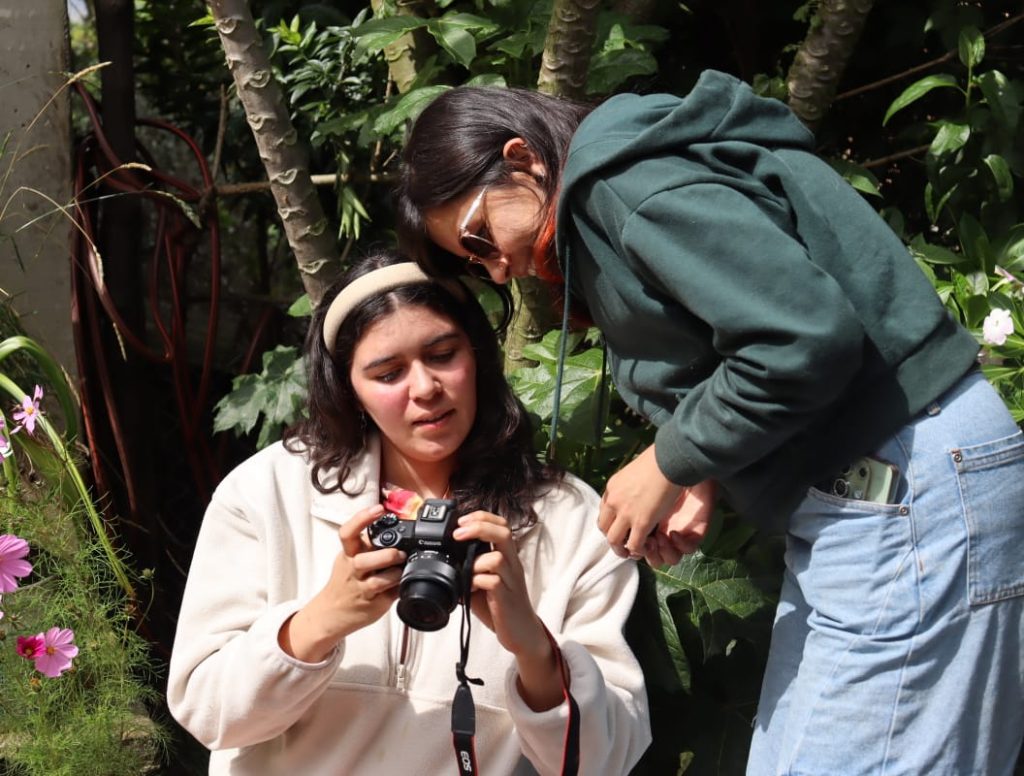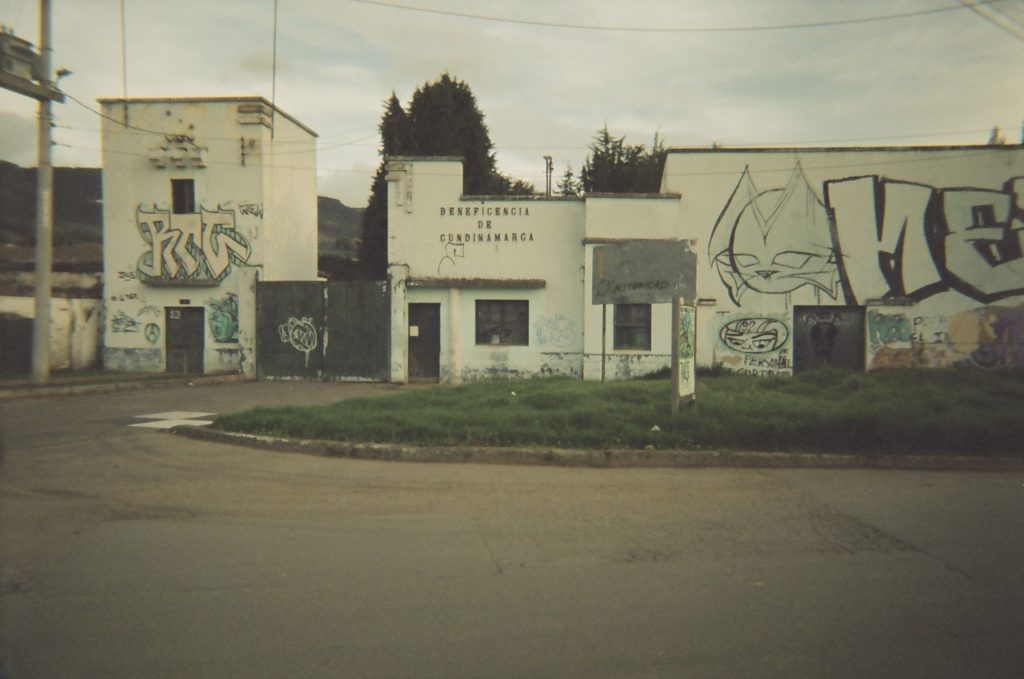Author: Eliana Estephania Carvajal Sanchez
Interview with Angelica Torres Niño
Born and raised in art—literature, visual arts, theater. Nature has been an important and prevailing factor throughout her life. She has taken root like the plants that have surrounded her and has built herself from there, with her family and environment as foundational pillars.
The cultural capital acquired since childhood, thanks to the teaching work of her parents and close relatives, has allowed her to develop and participate in social projects through poetry, body awareness, theater, sensitivity, and art on a permanent basis.
Her journey begins at the House of Culture, a space she has always liked for its aesthetics. Despite the constant influence of literature, her greatest passion since childhood has been theater:
“I’m a bad reader, but if I like something, I really like it. I really enjoy poetry… I ended up in the theater area. I like being present all the time—the movement, the body… they say I was very restless as a child. I love play, imagination, creation, the idea that we’re all animals.”
During university, she felt that art was her place. The degree she chose was more comprehensive than she expected, which contributed to her development as an artistic activist and workshop facilitator.
“You have things, and you’re not aware of what they mean… it was only after graduating that I understood what community work really was. The university is very socially focused, so I started participating with La Chiva Loca as a workshop facilitator, not just an assistant.”
Later on, she began the Palabra Andina project, born from reflections on being born in the Andes and the privilege that entails. It also came as a conclusion to her constant contemplation of solitude and moments of introspection. In the end, all of this led to the realization that we are not alone; on the contrary, we are connected—with each other and with nature.
In the same way, artistic expressions in all their forms are an inner cry of personal conflict and a denunciation of social issues. Therefore, we continue to ask ourselves:
Why is art important?





